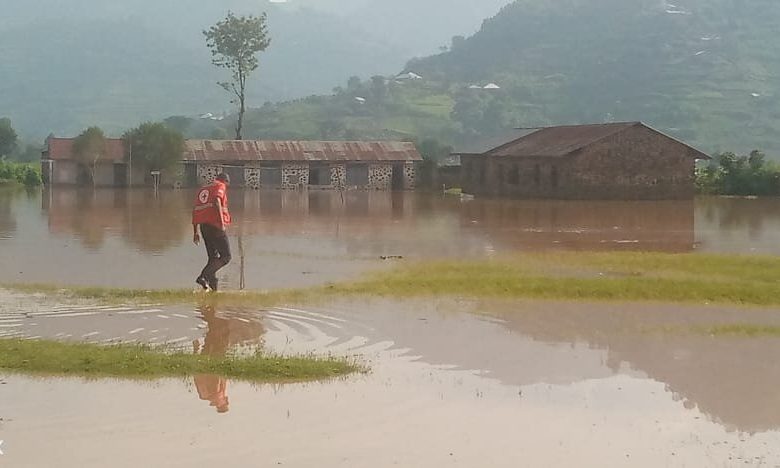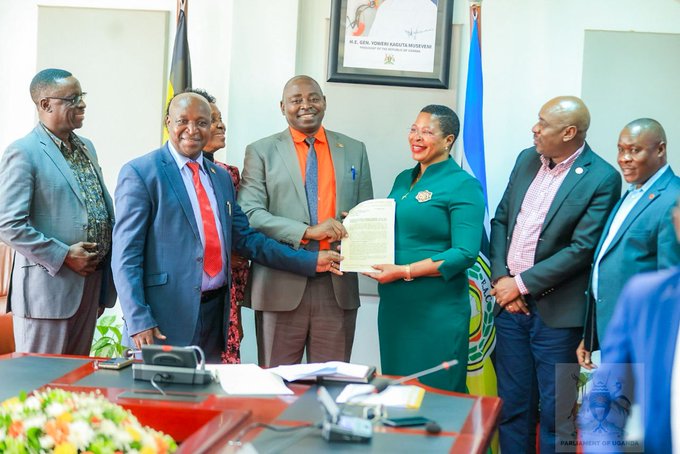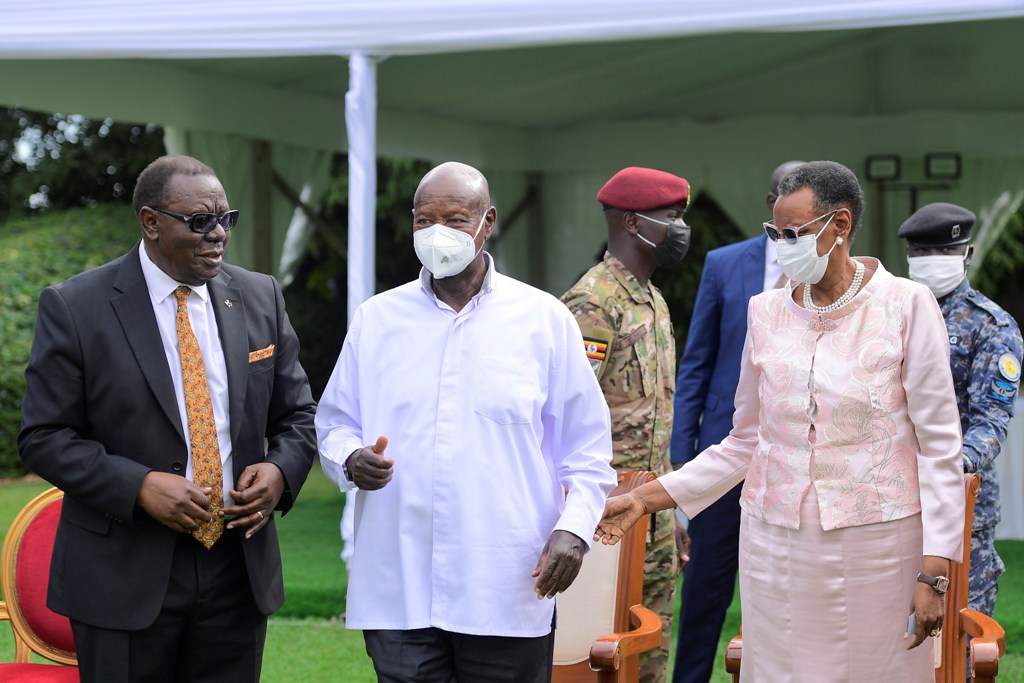Meteorological authority warns of possible health risks associated with rainy seasons
Ogwang notes that some parts of central western Uganda like Masindi, Hoima, Buliisa and Kakumiro are to continue receiving light rainfall extending up to mid-August.

The health sector in Uganda has been advised to enhance surveillance and preparation for possible epidemics and diseases which are likely to break out between June and August 2023 – the second rainy season of the year.
This warning was highlighted by Dr Bob Alex Ogwang, the acting Executive Director of Uganda National Meteorological Authority (UNMA). He was addressing the media about the seasonal outlook for the months of June, July and August in 2023.
“There is a likelihood of vector-borne diseases such as malaria, especially over the areas that are likely to receive intermittent rains. Health authorities are therefore advised to preposition and redistributed medical supplies and treated mosquito nets in the affected areas,” he said.
According to Ogwang, the different implications of this forecast will be seen in different climate-sensitive sectors of development that include agriculture and food security with the expected rainfall also estimated to be conducive for agricultural production despite some regions expected to be dry.
He said farmers in these areas are encouraged to continue liaising with agricultural extension officers to get advice on appropriate land use management to maximize their crop yields.
As the government is still grappling with the construction of the River Katonga Bridge along the Kampala-Masaka highway, UNMA has also warned of flash floods likely to occur in areas which may receive normal rainfall.
Ogwang notes that some parts of central western Uganda like Masindi, Hoima, Buliisa and Kakumiro are to continue receiving light rainfall extending up to mid-August.
“The currently experienced dry conditions that are characterized by isolated showers in this region are expected to persist up to around mid-June when light rainfall is likely to set in extending up to mid–August when isolated moderate rainfall will prevail up to the end of the forecast period,” he explained.
The multi-agency approach in response to disasters, which works best at national and sub-national levels, has been hinted at by the authority as one of the advisories for the disaster risk management sector. Ogwang also recommended cash transfers to affected families.
The June, July and August rainfall season marks the end of the first rainfall season and harvesting period for seasonal crops over the country.
However, UNMA confirmed that over most parts of the northern region, the season will be consistent with the previous.
In the last three months, weather experts forecasted average rains across most parts of the country as the second rainy season started from March to May.







